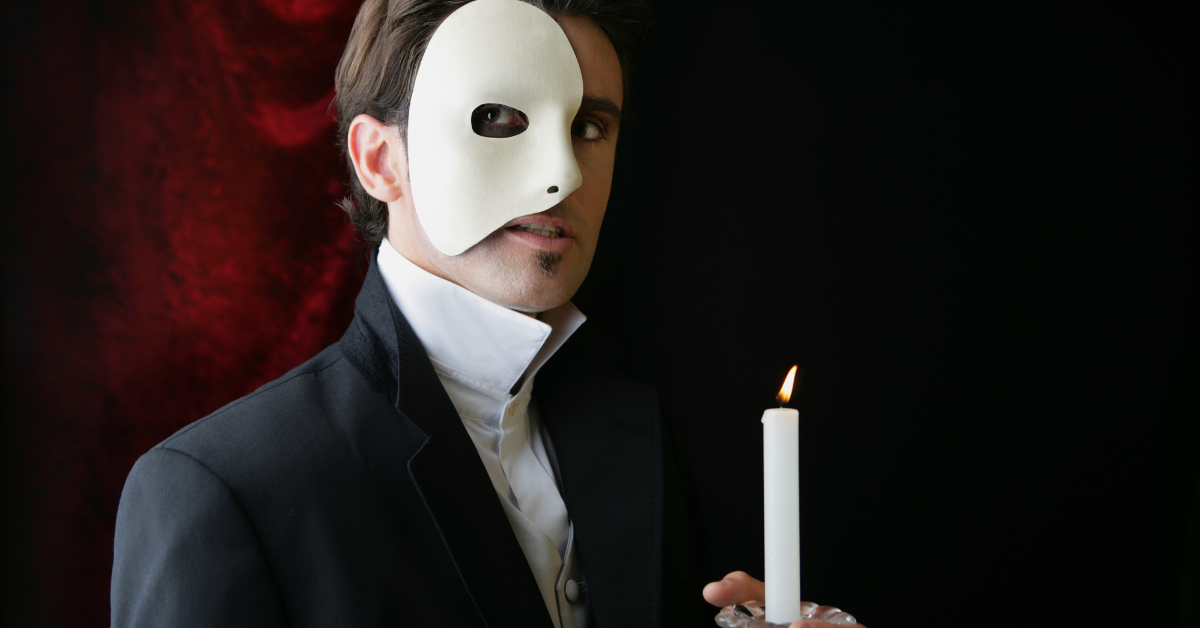Lupin the Third is one of Japan’s most beloved anime and manga series. For over fifty years, it has been admired not only as entertainment but also as a cultural icon. In Japan, it is viewed differently by each generation, yet consistently recognized as a stylish and enduring work.
Position of Lupin the Third
Lupin the Third debuted as a manga in 1967 and was adapted into a TV anime in 1971. The early series had a strong adult-oriented tone with gunfights and hardboiled style, but over time it incorporated humor and warmth, making it enjoyable for both children and adults.
In Japan, Lupin is often regarded as a “national character”, though unlike family-oriented titles such as Doraemon or Sazae-san, it is seen as a more mature, stylish work. Its fashionable design and vibrant use of colors introduced a fresh style to Japanese animation.
Reasons for Popularity and Evaluation in Japan
The Appeal of Characters
| Character | Traits | Evaluation in Japan |
|---|---|---|
| Lupin III | A thief who is cheerful yet compassionate | Seen as a symbol of freedom |
| Daisuke Jigen | A calm, cool-headed gunman | Admired for masculinity and coolness |
| Goemon Ishikawa XIII | A samurai embodying traditional Japanese values | Represents Japanese spirit |
| Fujiko Mine | A mysterious femme fatale and rival to Lupin | Seen as a symbol of allure and intelligence |
The chemistry among these characters adds both tension and humor, which is one reason the series continues to resonate across generations.
Different Generational Views
| Generation | Impression of Lupin | Typical Experience |
|---|---|---|
| 1970s generation | Seen as innovative and mature | First TV series, film The Castle of Cagliostro |
| 1990s generation | Viewed as a holiday tradition | Annual TV specials |
| Modern youth | Retro yet fresh | Streaming services, revival screenings |
Thus, the same franchise is perceived differently depending on the generation, adding layers of nostalgia and novelty at the same time.
Connection with Japanese Culture
Lupin the Third has become more than entertainment, embedding itself into Japanese pop culture. For over fifty years, new TV specials and theatrical films have been produced, making it a long-running series eagerly awaited each year.
Music plays a major role in its popularity. Yuji Ohno’s jazz-inspired theme is one of Japan’s most recognizable pieces of anime music, perfectly expressing Lupin’s stylish world. Beyond anime, the song itself is praised as a cultural achievement.
The franchise is also widely used in commercials and promotions, spreading images of freedom and adventure in Japanese society.
Evaluation of Lupin the Third in Japan
| Aspect | Position in Japan | Examples |
|---|---|---|
| National popularity | Known across generations | Anime, films, pachinko machines, merchandise |
| Artistic value | High quality in both visuals and music | Yuji Ohno’s soundtrack, stylish direction |
| Character appeal | Balances relatability with aspiration | Lupin as freedom, Goemon as tradition |
| Cultural influence | Represents Japanese pop culture | TV specials, advertising campaigns |
Value as a Long-Running Work
A defining strength of Lupin the Third is its longevity. Even after half a century, new projects continue to emerge. This is possible because the creators have adapted the story and characters to fit the times while keeping their essence intact.
Voice actor changes have also drawn attention. For example, when Yasuo Yamada’s role as Lupin was passed to Kanichi Kurita, fans debated heavily. Yet over time, audiences embraced the new cast, and the franchise successfully transitioned to a new era. This is often cited as a rare successful generational shift in Japanese anime.
Comparison with Overseas Reception
| Perspective | Japan | Overseas |
|---|---|---|
| Recognition | A true national character | Known mainly among anime enthusiasts |
| Evaluation | Music, visuals, and character charm | Artistic design and Japanese elements |
| Key works | The Castle of Cagliostro, TV specials | The Castle of Cagliostro, Part 5 series |
Especially the film The Castle of Cagliostro is highly acclaimed worldwide and even influenced famous directors beyond Japan.
Conclusion
In Japan, Lupin the Third is evaluated as a “national anime for adults as well as younger viewers”. With stylish direction, compelling characters, and a world-class soundtrack, it has maintained popularity for more than five decades.
Its intergenerational appeal and cultural influence ensure that Lupin the Third remains not just an anime character, but an “eternal adventurer” in Japanese society.






